#artist is martin van meytens
Text


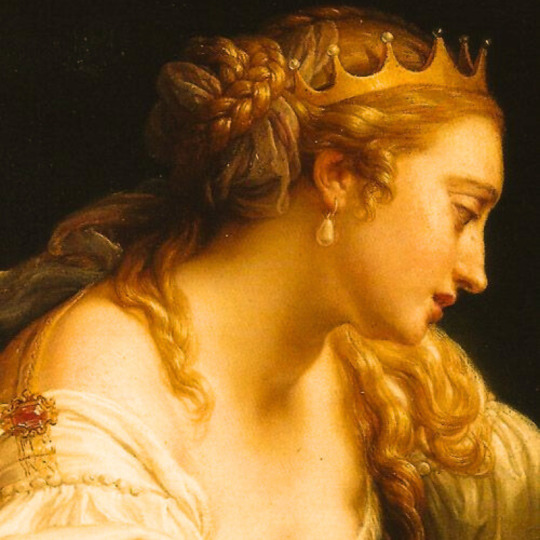
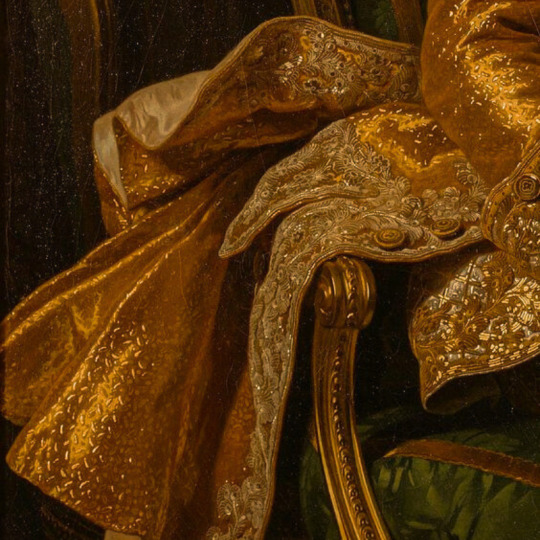
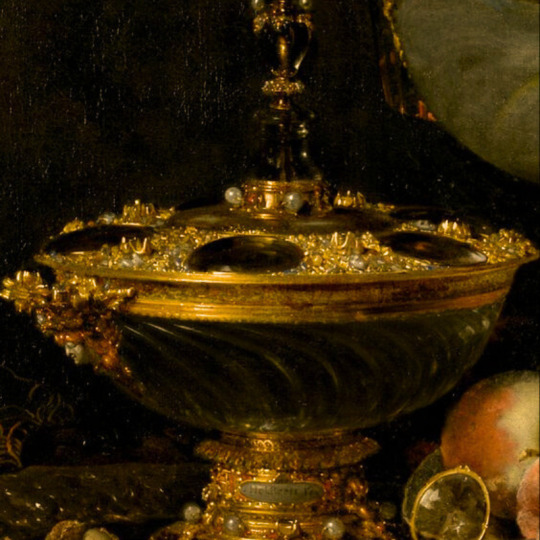
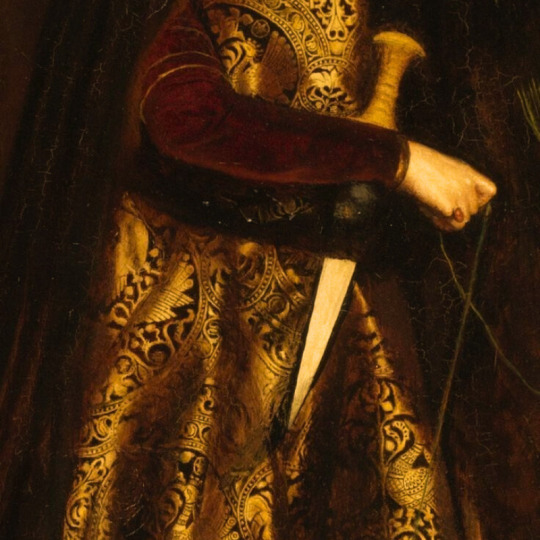
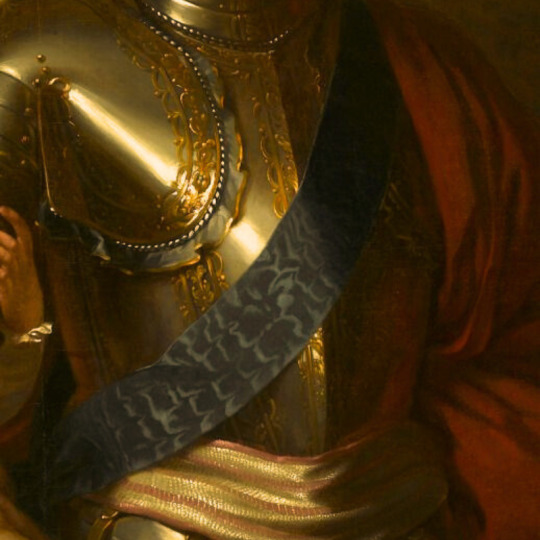
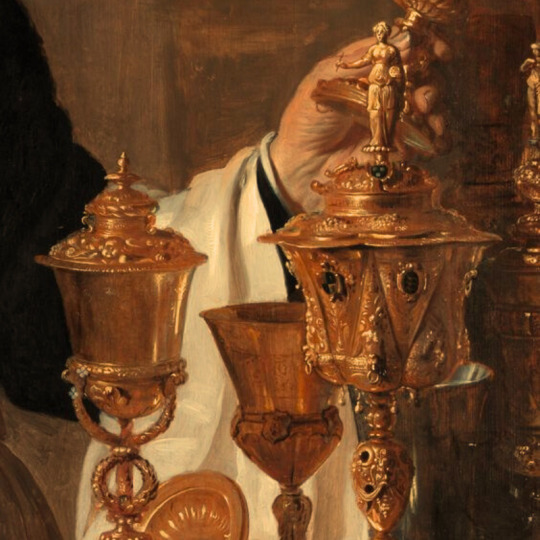





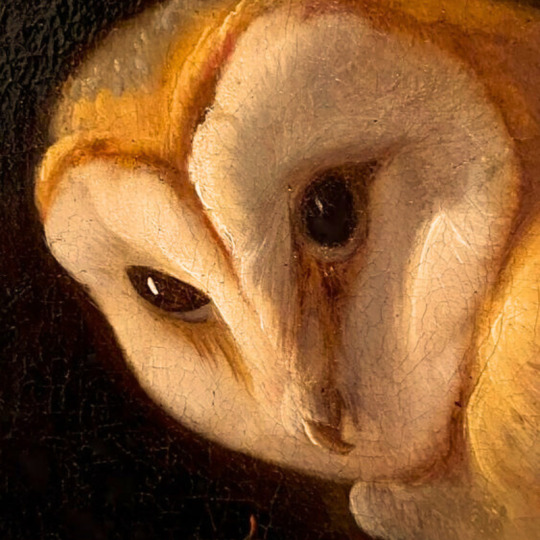

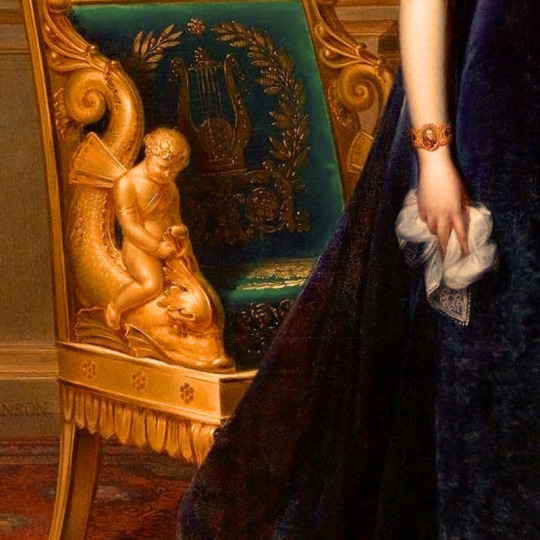
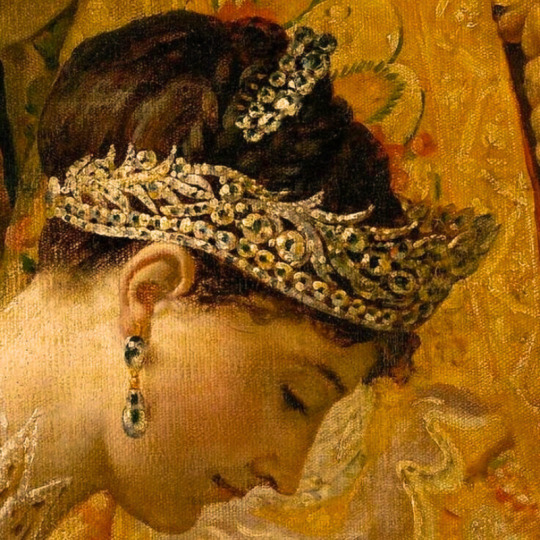
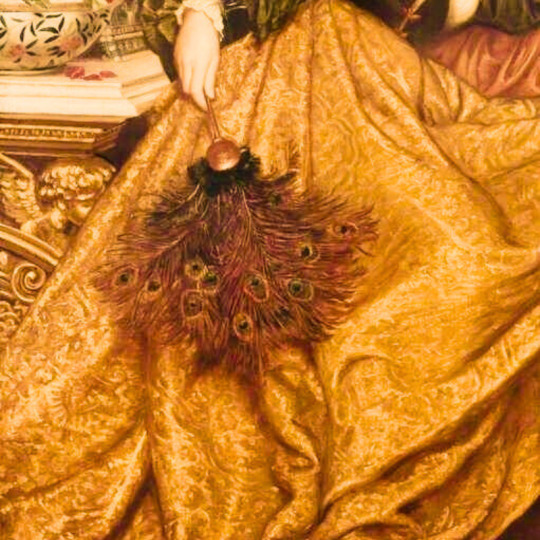

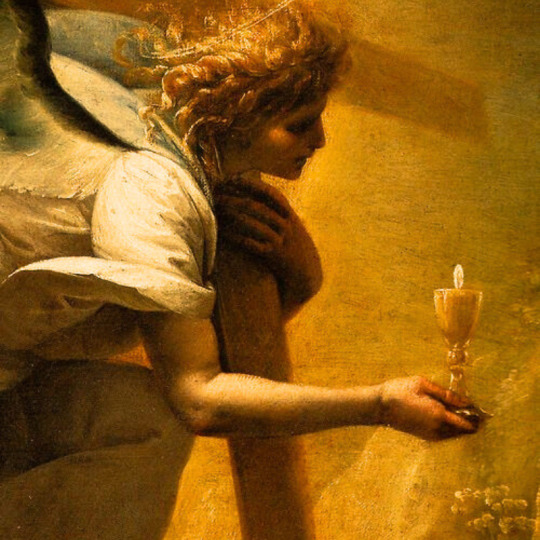
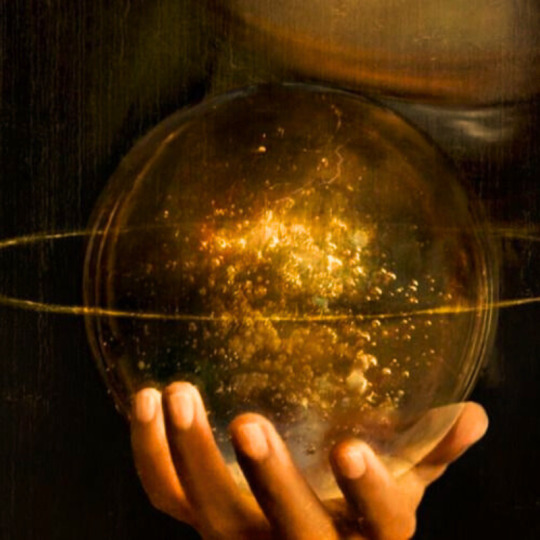


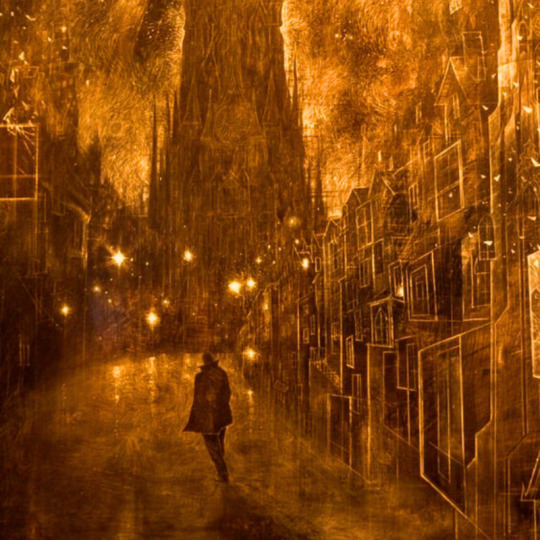
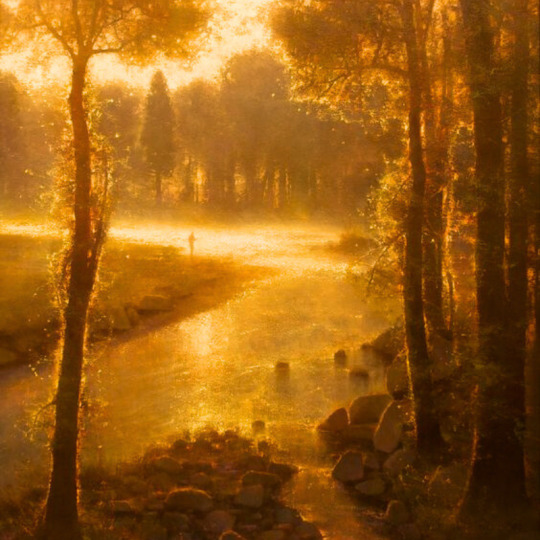

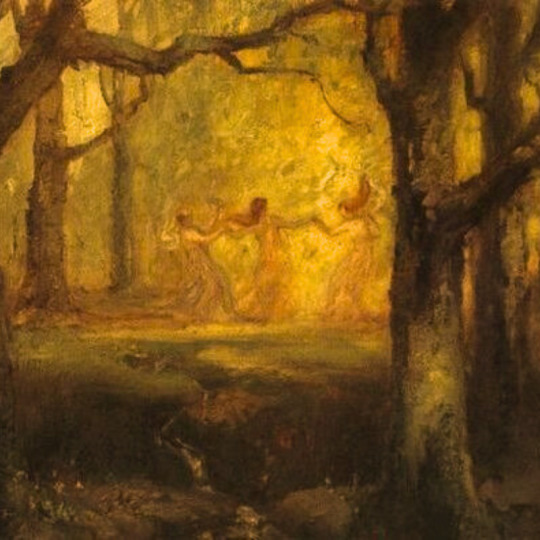
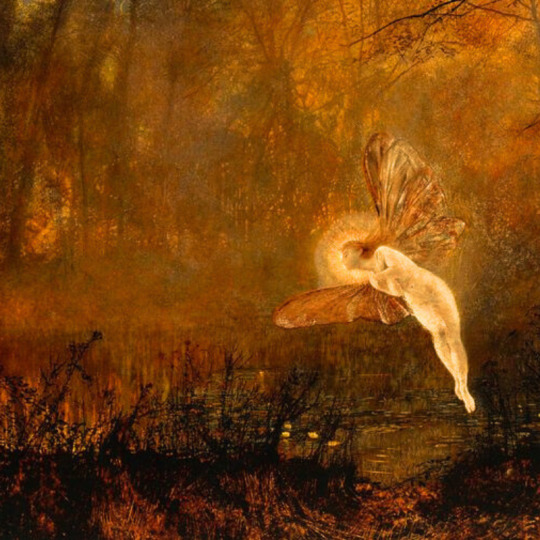


gold + art
#artist is john hoppner#artist is thomas gainsborough#artist is pompeo batoni#artist is alexander roslin#artist is william kalf#artist is frank cadogan cowper#artist is johann baptist von lampi the elder#artist is cornelis de vos#artist is albert sorkau#artist is by antonine de favray#artist is cornelis de vos-#artist is scipione pulzone#artist is martin van meytens#artist is jean-auguste-demonique ingres#cant find artist#artist is louis michel van loo#cant find artist-#artist is jacques-louis david#artist is valentine cameron prinsep#artist is j kirk richards#i think the artist is giovanni bellini#--cant find artist#---cant find artist#----cant find artist#artist is chris polasko#artist is brett cotton#artist is masaaki sasamoto#artist is hermann hendrich#artist is john atkinson#artist is victor prouve
1K notes
·
View notes
Text

Count Giacomo Durazzo in the Guise of a Huntsman with His Wife by Martin van Meytens, early 1760s.
#classic art#painting#martin van meytens#austrian artist#18th century#portrait#couples portrait#outdoor portrait#fashion#dogs#trees
49 notes
·
View notes
Photo
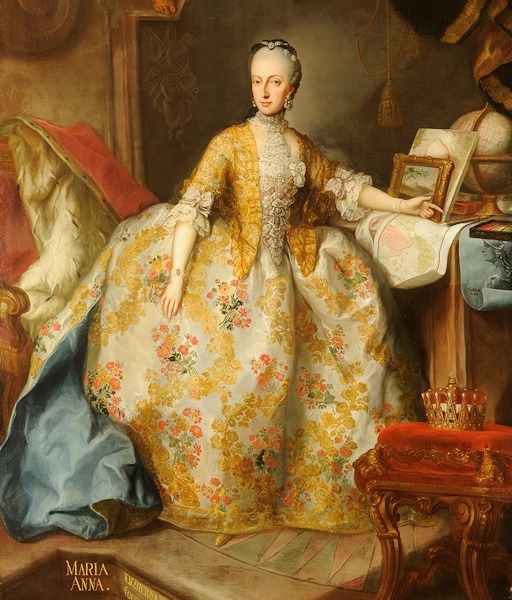
As the empress later complained, her accession was made more difficult, “because my father had never been pleased to initiate or inform me in the conduct of either internal or foreign affairs.” Even so, she made no attempt to broaden the education of her own daughters, while recommending that they stay away from politics.
Among the female portraits in the Hall of Giants, there is one exception. It is the Archduchess Maria Anna, who was Maria Theresa’s eldest surviving daughter as well as Ignaz von Born’s collaborator, and subsequently a lay abbess and possible freemason. Any husband who took her on would also have to accommodate her 7,923 mineral samples, 195 varieties of preserved beetle, and 371 pinned butterflies. The portrait warns suitors off, for it shows her standing beside a writing desk on which are piled papers, books, and a globe. She points to her pen. This is a blue stocking, the artist Martin van Meytens tells us, whose interests look beyond marriage and childbearing to that other realm of Habsburg endeavor, the world of knowledge.
The Habsburgs: To Rule the World - Martyn Rady
#maria anna of austria#maria theresa#martin van meytens#house of habsburg lorraine#house of habsburg#austria#18th century#archduchess#long live the queue
160 notes
·
View notes
Photo


The Museum of Ridiculously Interesting Things
At first, this 18th century painting appears to be a straightforward religious image of a nun kneeling piously in prayer.
But it is actually a double-sided painting! If you flip it around, the back side of the painting reveals…
This saucy work was painting in 1731 (!) by Dutch-Swedish painter Martin Van Meytens the Younger, known by serious art historians like me as the Sir Mix-A-Lot of the 18th century. Notice the lecherous monk on the front of the painting. This can be understood to mean that the artist doth like big butts and he cannot lie, and thou other Brothers can ne’er deny.
586 notes
·
View notes
Photo

This saucy work was painting in 1731 (!) by Dutch-Swedish painter Martin Van Meytens the Younger, known by serious art historians like me as the Sir Mix-A-Lot of the 18th century. Notice the lecherous monk on the front of the painting. This can be understood to mean that the artist doth like big butts and he cannot lie, and thou other Brothers can ne’er deny.
0 notes
Photo



Antique Hungarian Oil Painting Nobleman in Hussar Uniform 1812 János Donát
János Donát - Nobleman In Hussar Uniform - Signed and dated 1812
János Daniel Donát was born in 1744 in Klosterneuzell (Brandenburg, Germany) and died in Pest (Budapest, Hungary) in 1830. He studied at the Vienna Academy under Martin van Meytens, Franz Edmund Weirotter and Caspar Franz Sambach and soon became a very popular portraitist of the Viennese high society, having painted a few portraits of Empress Maria Theresa and Emperor Joseph II. Already in his Viennese period he worked for a large Hungarian clientele. Lead by various commissions, he established himself in Pest in 1810. He remained loyal to the classical Viennese portrait style. His works can be seen in the National Museum Budapest and in other fine arts museums in Vienna, Bratislava and Zagreb, among others.
This fine portrait depicts a handsome dark-haired nobleman dressed in a hussar military uniform. We have so far been unable to precisely identify the subject but our research suggests he is of Austro-Hungarian origin and almost certainly a civilian, perhaps an important landowner.
Although the type of uniform in this portrait does bear a strong resemblance to the K.K. Hussars regiment n° 1 – Kaiser Franz II (Emperor’s Hussars), the level of fine cord embroidery, the ornate chain, medallions and stamped gold buttons all lead us to believe this is a civilian gala uniform. Two of his works in particular, the portrait of poet Daniel Berzsenyi painted in 1817 and that of composer and gypsy virtuoso János Bihari painted in 1820, also represent members of Hungary’s high society dressed in hussar uniform.
Artist: Janos Donát (1744-1830).
Signed and dated Donat p. 1812 on lower left-hand side.
Technique: Oil on canvas.
Condition: Excellent condition. Relined. Recently cleaned and restored. New stretcher.
Canvas: 19.5 x 24.4 in.
Frame: 23.8 x 28.1 in. Empire period, palm leaf and cornucopia motif. Gilt wood and stucco. Slightly damaged.
Provenance: Vienna, Austria.
https://www.ebay.com/itm/Antique-Hungarian-Oil-Painting-Nobleman-in-Hussar-Uniform-1812-Janos-Donat/253536168400?hash=item3b07eee9d0:g:6Z4AAOSwdoZaeNf6
0 notes
Text

Archduke Peter Leopold of Austria by Martin van Meytens, 1753.
#classic art#painting#martin van meytens#austrian artist#18th century#portrait#child portrait#outdoor portrait#prince#habsburg#horses#trees#landscape
16 notes
·
View notes
Text
Art History Tales of Terror: A picture’s worth a thousand scares!
#halloween#haunted#ghost stories#spooky#zombies#frankenstein#dracula#art#art history#holiday#serious art history#tales of horror#happy halloween#ghosts
0 notes
Text
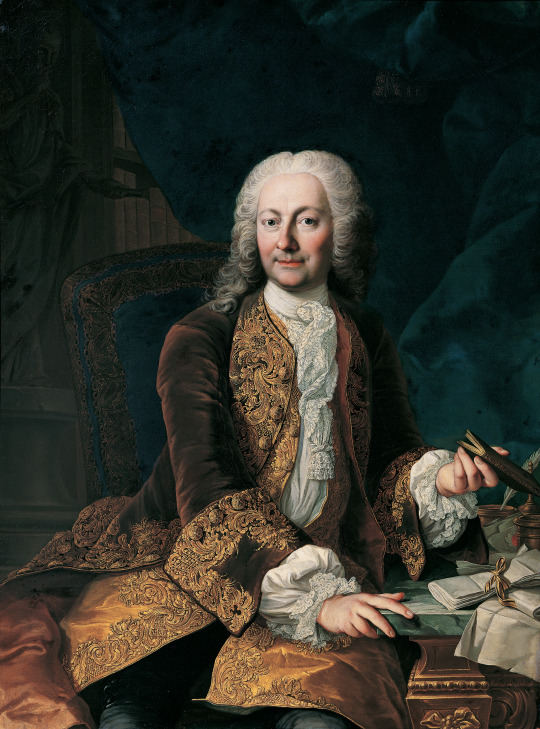
Johann Christoph von Bartenstein by Martin van Meytens, 1740-1750.
#classic art#painting#martin van meytens#austrian artist#18th century#portrait#male portrait#indoor portrait#politician
11 notes
·
View notes
Text

Archduchess Maria Christina attributed to Martin van Meytens, 1765.
#classic art#painting#martin van meytens#austrian artist#18th century#portrait#female portrait#indoor portrait#princess#habsburg#fashion
9 notes
·
View notes
Text

Maria Theresa of Austria by Martin van Meytens, 1759.
#classic art#painting#martin van meytens#austrian artist#18th century#portrait#female portrait#indoor portrait#empress#habsburg#blue dress#chair
10 notes
·
View notes
Photo

A portrait of Marie Antoinette, from an unknown artist in the circle of Martin van Meytens.
#marie antoinette#18th century#18th century art#house of habsburg lorraine#habsburg lorraine#long live the queue
222 notes
·
View notes
Photo
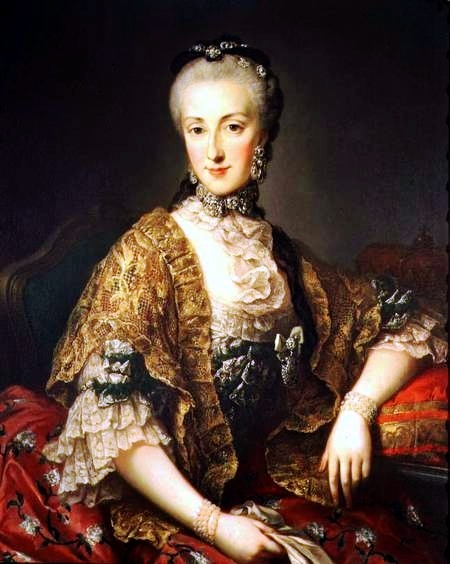





A series of portraits of six of the daughters of Maria Theresa and Francis I, done between 1767-1768:
Maria Anna
Maria Christina, Duchess of Teschen
Maria Elisabeth
Maria Amalia, Duchess of Parma
Maria Josepha
Maria Carolina, Queen of Naples and Sicily
They are often attributed to court painter Martin van Meytens, but it’s also said they were done by another unknown artist who was influenced by his style.
#maria anna of austria#maria christina of austria#maria carolina of austria#maria josepha of austria#maria elisabeth of austria#maria amalia of austria#house of habsburg lorraine#habsburg lorraine#archduchess#18th century#18th century art#austria#long live the queue
352 notes
·
View notes